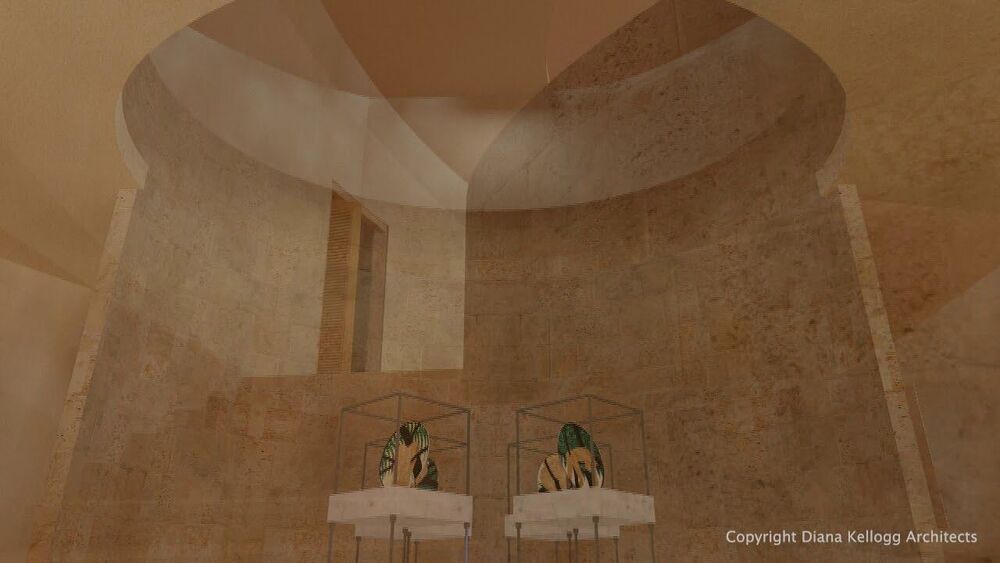This is the FOURTH PART of the interview with Harold Katcher in Modern Healthspan YouTube channel.
Dr. Harold Katcher is a professor of Biology at the University of Maryland. He has been a pioneer in the field of cancer research, in the development of modern aspects of gene hunting and sequencing. He carries expertise in bioinformatics, chronobiology, and biotechnology. Dr. Katcher is currently working in the capacity of Chief Technical Officer at Nugenics Research exploring rejuvenation treatments in mammals.
In May 2020 there was a paper published on biorxiv about the rejuvenation of rats by over 50%. We did a review of the paper which you can find linked to above. In this interview series we talk with Dr. Harold Katcher, one of the main authors of the paper about the experiment, the steps to get validation, commercialization and how the results fit into his theories of aging.
In this video Dr. Katcher explains his theories on what causes aging, which he believes is a process that is programmed into us and is therefore malleable. I find his theories very interesting and compelling.
Dr. Katcher’s 2015 paper on the theory of aging is here:
Towards an evidence-based model of aging.
https://pubmed.ncbi.nlm.nih.gov/26054348/
The paper on plasma exchange can be found here https://www.biorxiv.org/content/10.1101/2020.05.07.082917v1.full.


